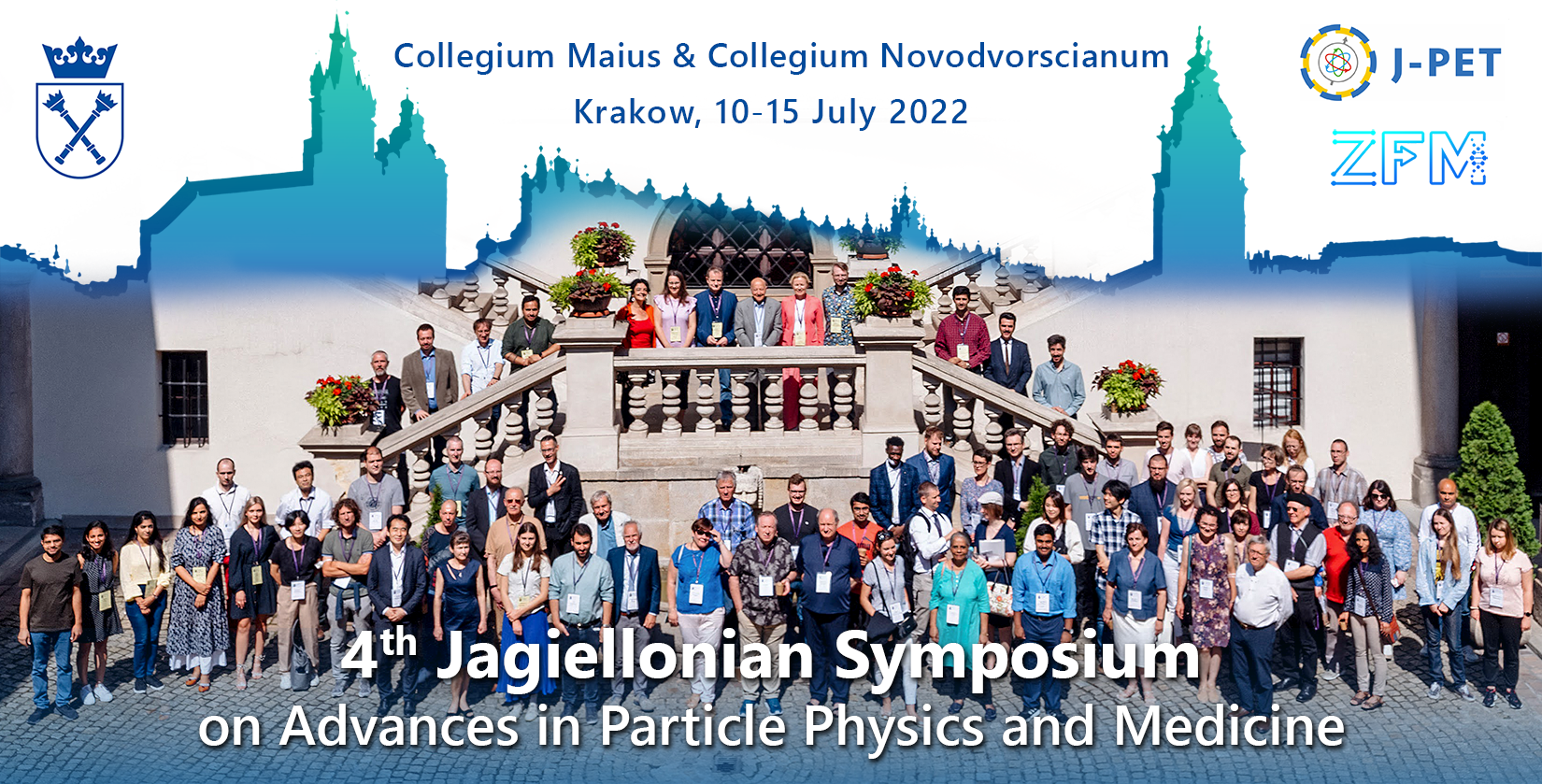Speaker
Description
Author: Luca Povolo
Co-authors: Sebastiano Mariazzi, Luca Penasa, Ruggero Caravita, Sushil Sharma, Roberto Sennen Brusa
At the Anti-Matter Laboratory (AML) of the Department of Physics of the University of Trento a new positron beam is currently under development. It is being constructed for the production into vacuum of Positronium (Ps, the bound state of an electron and the positron, e+), which will be used for fundamental studies, like inertial sensing [1]. However, Ps is emitted into vacuum in the ground state which has a lifetime of only 142 ns, while studies with positronium require lifetime in the microsecond range. This becomes possible by exciting Ps into a metastable state via a two-photon transition, as we demonstrated [2].
The production of positronium atoms start by injecting positron into a target, called e+/Ps converter [3-6]. The new positron beam of our laboratory is based on a 22Na radioactive source coupled with a solid noble gas moderator held at cryogenic temperature [7]. Up to now we obtained a continuous beam with up to 50000 positrons per second per milli-Curie. The next step will be the bunching of the continuous beam with a Buffer-Gas Penning trap [8] which will be followed by the positron bunch injection into the converter.
In this work, we will present the preliminary design of the apparatus with simulations. The extraction of the positron continuous beam from the source-moderator via magnetic field will be discussed in detail. The plan for the trapping and injection of the positron will be presented. Moreover, we will discuss the tests for a possible detector for Positronium inertial sensing, which needs to have the capability of 3D reconstruction of the Ps annihilation point.
[1] S. Mariazzi et al., Eur. Phys. J. D 74, 79 (2020)
[2] C. Amsler et al., Phys. Rev. A 99, 033405 (2019)
[3] S. Mariazzi et al., Phys. Rev. B 81, 235418 (2010)
[4] S. Mariazzi et al., Phys. Rev. Lett. 104, 243401 (2010)
[5] S. Mariazzi et al., J. Phys. B: At. Mol. Opt. Phys. 54, 085004 (2021)
[6] S. Mariazzi et al., Phys. Rev B 105, 115422 (2022)
[7] A. P. Mills Jr. et al., Appl. Phys. Lett. 49, 1121 (1986)
[8] R. G. Greaves et al., NIM B 192 (2002)

